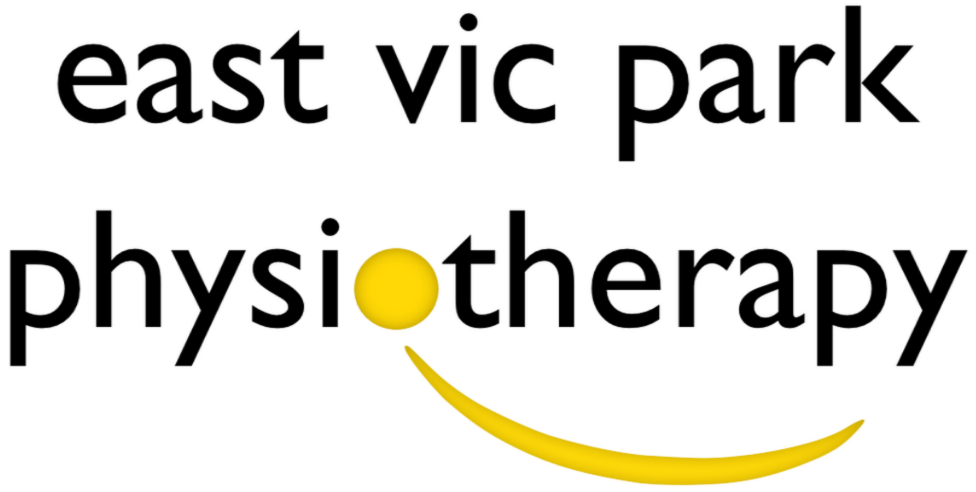A Pain in the Neck: How does posture influence neck pain?
Neck or cervical pain is becoming increasingly common, with the highest prevalence among office and computer based workers. Physios commonly hear clients admitting to ‘bad posture’ – but do we really know what bad posture is?
There can be many causes to neck or cervical pain, from a joint sprain, disc or nerve injury. This blog will focus on postural neck pain arising from a condition called myalgia, meaning tight, fatigued, painful muscles. This generally occurs without a history of trauma and yet is one of the most common causes of neck pain.
It is a common misconception that ‘sitting straight’ will solve all postural pain.
The neck is designed to move and although you may not realise, sitting in one position for an eight hour shift is quite a work out for your postural muscles.
Posture can have an influence on neck pain: rounded shoulders can create a forward head or chin poke posture, resulting in the muscles at the back of your neck working overtime to hold your head up. What some may not know is sitting very tall off the back of your chair can have an equally bad effect. An overly upright posture places a huge demand on the postural muscles, having a similar effect to clenching your fist for a long time – the muscles get tired and sore!
Although we aim for a ‘neutral’ posture, every body and spine is different and this ‘ideal’ posture looks different for everyone. The most important factor is finding a comfortable position, often with some low and mid back support. Having support over these areas helps ‘unclench the fist’ by offloading the postural muscles. It is important to remember that if you must be sedentary for a long period, you take breaks or change your sitting posture regularly. Neck stretches or rotations, walking to a collegue’s desk rather than emailing them or using a sit-stand desk are all ways to take a break from one sustained posture.
Studies have shown individuals with chronic neck pain (neck pain for 3 months or longer) show reduced endurance of deep stabalising muscles in the neck and have a reduced ability to maintain an upright posture. Although physiothearpists can provide hands on treatment to relieve symptoms, often the underlying cause of pain is a lack of strength and endurance of the muscles supporting the head. Manual therapy should always be paired with postural control and upper limb strengthening exercises.
Take home points:
Every spine is different, and there is not one ideal posture for everyone
Sitting in ANY posture for a prolonged time can cause pain, plus being sedentary isn’t good for our physical health
Finding a comfortable, supportive posture at work will reduce the risk of developing postural neck pain
General exercise and specific strength training for the postural muscles will increase robustness and significantly decrease the risk of neck pain
